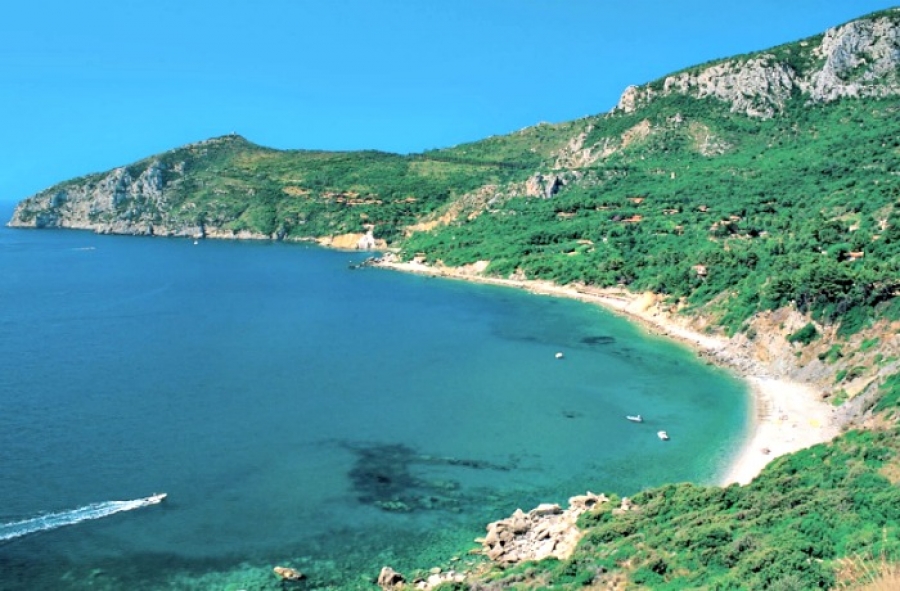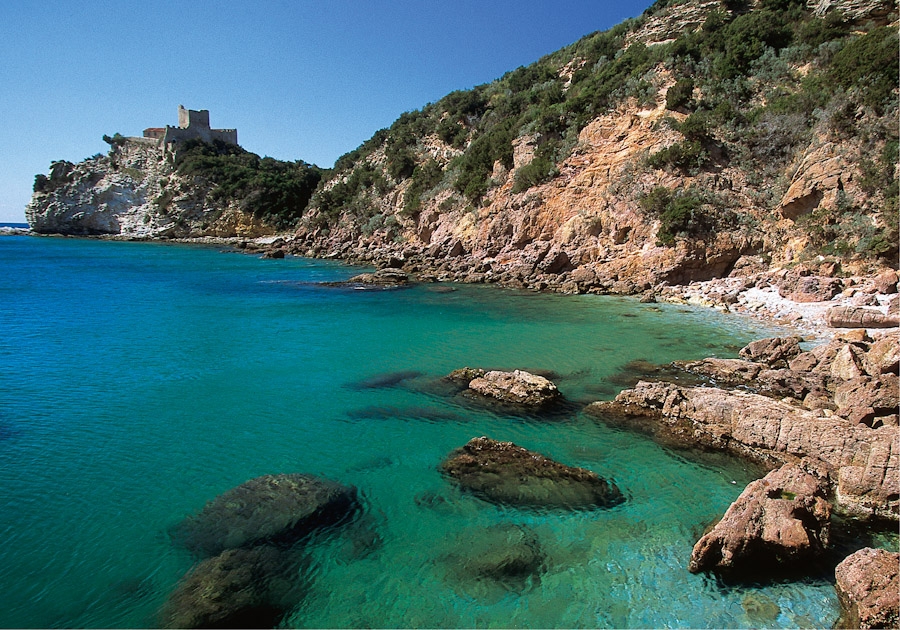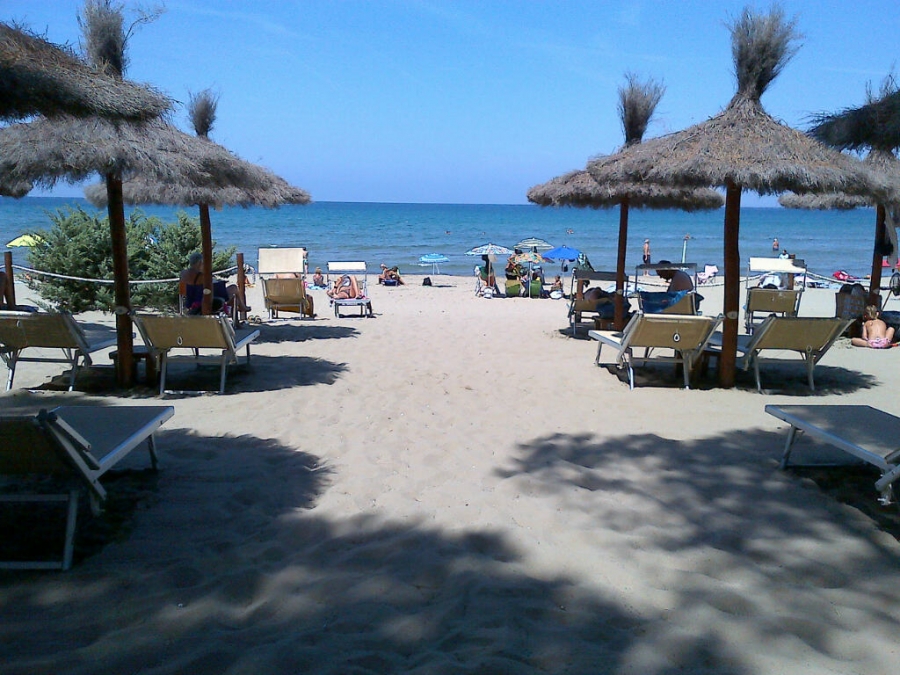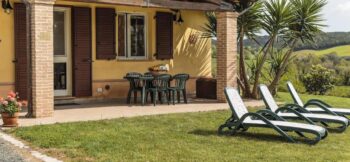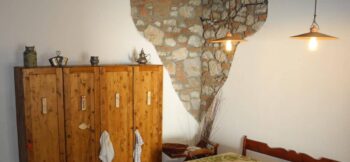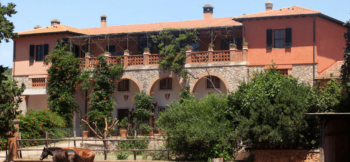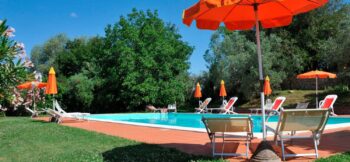
The transparent waters of the Maremma coast are in first place among the cleanest seas in Italy and the 160 km welcome guests for every marine need, with free or equipped beaches, protected by lush pine forests or uncontaminated areas.
Finding an Agriturismo in Tuscany by the sea
To practice sports, for boating, with the family, with your dogs, to play on the beach or romantic walks.
The Gulf of Follonica includes wonderful beaches such as Cala Martina and Cala Violina and continues to the well-equipped beaches of Castiglione della Pescaia and Marina di Grosseto. An environment suitable for those who love contact with nature and the sea, without giving up comforts such as bars, restaurants and bathing establishments.
The intense seaside life offers leisure and entertainment for tourists of all ages; practice sports such as water skiing and underwater fishing or rent boats, sailboats and motorboats or rent wind-surfers and yachts.
Sailing, motorboating and diving schools, which can be visited by everyone, thanks to the various professional diving centers, allow you to make beautiful dives in the wonderful promontory of Monte Argentario with its coves and bays. Some can only be reached by sea, considered, for lovers of the underwater world, one of the most interesting areas in Italy due to the abundance of fish in the sea with its seabed rich in shells and coral.
The Maremma contains other treasures: the Orbetello Lagoon with its mystical atmosphere of the and its golden beaches of Feniglia and Giannella not far from the coast of Capalbio; or the only rare pearls of the island of Giglio and of the island of Giannutri with their rocks overlooking the crystalline sea, surrounded by the sharp scent of the Mediterranean scrub; and again Punta Ala, the seaside villages of Talamone, Castiglione della Pescaia, Santo Stefano and Porto Ercole, on the slopes of the Argentario.
Unforgettable places with unique atmospheres.


